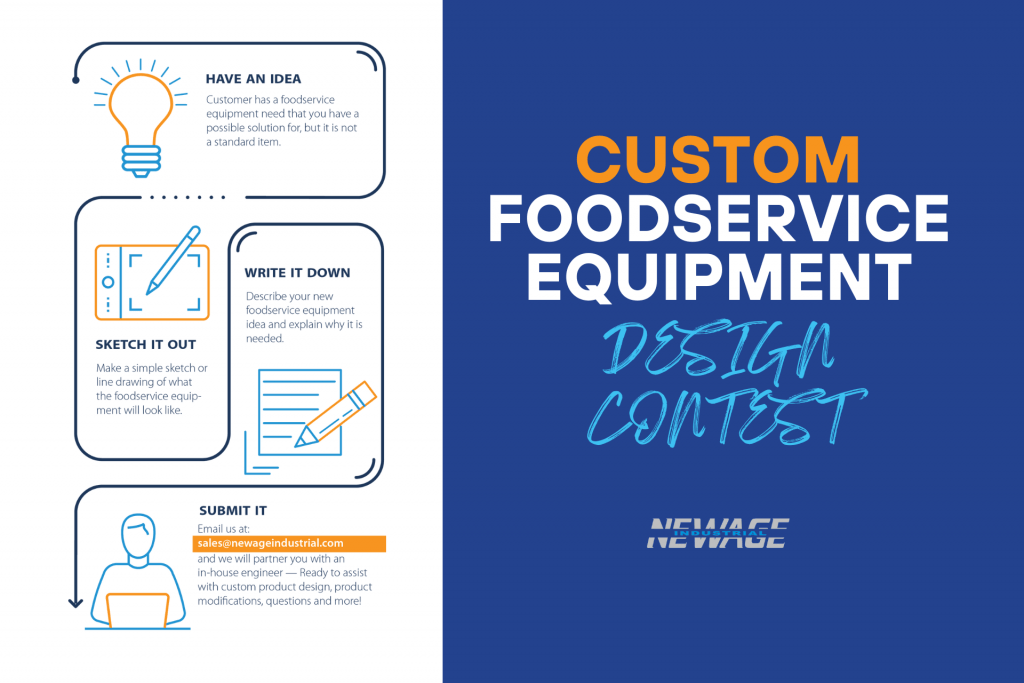
As some readers might know, my day job is in marketing (and employer branding) consulting. As such, I think a lot about marketing models and the way they can be successfully applied in different industries, but also about their pitfalls. One popular model that is easily transferable to the hospitality industry is customer profiling.
Customer profiling involves categorizing customers into specific groups based on shared characteristics, interests, and behaviours. These shared characteristics can include demographics, location, hobbies, social media preferences, purchasing patterns and psychographics.
Ultimately, the goal of customer profiling is to allow businesses to tailor their products, services, and marketing efforts to the needs and preferences of specific customer groups, which can help businesses build stronger relationships with their customers, improve customer satisfaction, and increase sales. For example, if a restaurant knows that a large enough group of (potential) customers are vegetarian, they can adapt their menus and then send said customers promotional material that features vegetarian options, increasing the likelihood that they will engage with the content and visit the restaurant.
Customer profiling also has predictive qualities, as the data that is collected in the process can enable restaurants to identify emerging trends and patterns that can help them make informed decisions for the future, which is very important.
Can profiling complicate matters?
So far, so good. However, solid customer profiling requires data collection, either by the business, or by third parties (i.e. social media platforms). Depending on how one goes about this, this can feel like in invasion of privacy to the customer. Interestingly enough, the more hyper specific (and some might thus say better) the segmentation and subsequent targeting and marketing, the more put off certain customers feel (“is my phone listening to me?!”). This means that although the age of data has made customer profiling easier and more efficient and precise, it also complicated things. To address concerns around privacy and potential invasion of privacy, businesses can be transparent about the data they collect and how they use it. They can also offer customers the option to opt-out of data collection or to control the types of data that are collected about them.
Another concern is discrimination. Even when seemingly neutral data collection methods are used, customer profiling can sometimes be based on stereotypes. This can lead to inaccurate and oversimplified assumptions about customers, which can result in poor service or the loss of potential customers who feel misunderstood, stereotyped and/or marginalized. An example would be assuming that all customers of a certain ethnicity or cultural background prefer spicy food. While it may be true that certain spices are commonly used in certain cuisines, not all customers within those ethnic groups enjoy spicy food. By stereotyping customers based on their cultural background, a restaurant may make assumptions about their preferences and fail to cater to their unique tastes. One way to tackle this is by making an effort to become aware of one’s own biases (for example by way of anti-bias training) and by involving diverse perspectives in the data collection and analysis process.
Even categorizing customers into specific groups based on shared characteristics that aren’t stereotypes can be misleading, as those characteristics may not always be accurate representations of an actual individual’s needs, preferences, or behaviours. Every reader who spends a lot of time on social media can name examples of hilariously irrelevant ads they have received all the while understanding the seemingly correct targeting choices that made the ad arrive in their feeds. Business might try to get around this by profiling its customers based on their past purchases. This too can go wrong however, as it may assume that all customers who have ordered a certain dish in the past will want to order it again in the future. However, this assumption may not hold true for all customers, as their tastes and preferences may change over time.
An impact on creativity?
The last pitfall of customer profiling I will mention here is the potential loss of authenticity. When restaurants rely too heavily on customer profiling, it can lead to a loss of authenticity. Instead of creating dishes based on their own unique vision and values, they may end up tailoring everything to fit within the confines of the customer profiles they have created. This can result in products and services that lack creativity and originality, and ultimately become less reflective of the business itself. While this approach may be effective in the short term, it can ultimately lead to a loss of brand identity and customer loyalty, which are essential ingredients for longevity. To maintain authenticity, businesses should strive to strike a balance between catering to customer needs and staying true to their own unique vision and values.
So, does all this mean that customer profiling is actually a bad idea? Not quite. Identifying different customers groups and their needs is an essential part of running a business. In addition, modern data collection and processing techniques have made customer profiling easier and more accurate. However, they haven’t made it bulletproof, as the pitfalls described in this article highlight. Being aware of that goes a long way. Sadly, too many businesses, big and small, aren’t.
Marius Zürcher
The co-owner & founder of Millennial & Gen Z marketing and employer branding agency 1520 in Apeldoorn, the Netherlands, Marius Zürcher was a participant at FCSI’s ‘Millennials’ focused roundtable at INTERGASTRA and a speaker at FCSI workshops about industry trends



